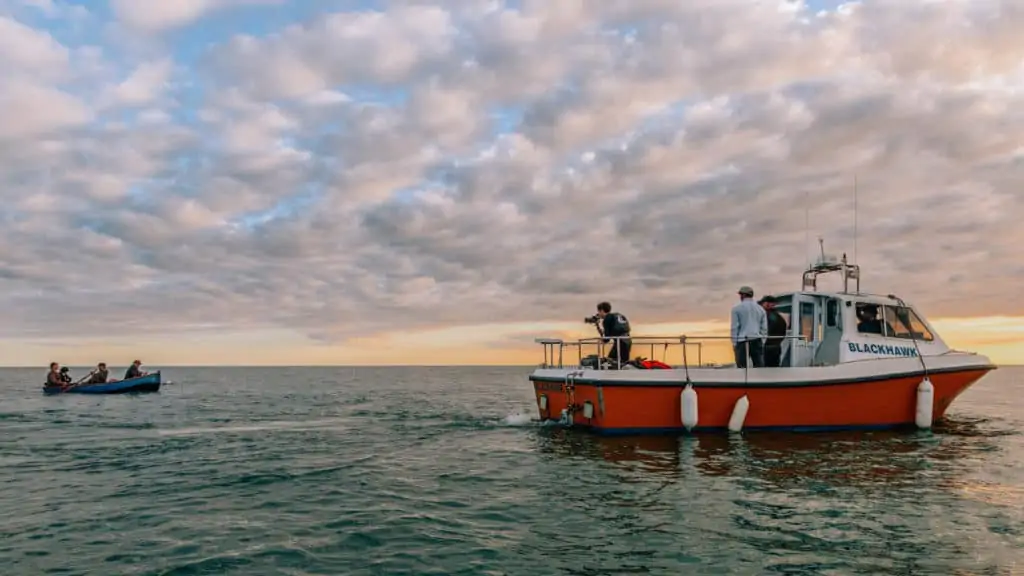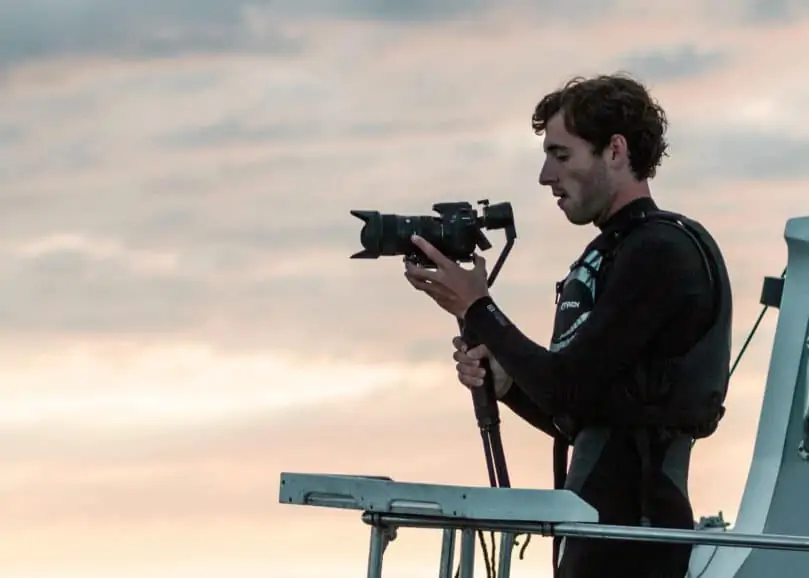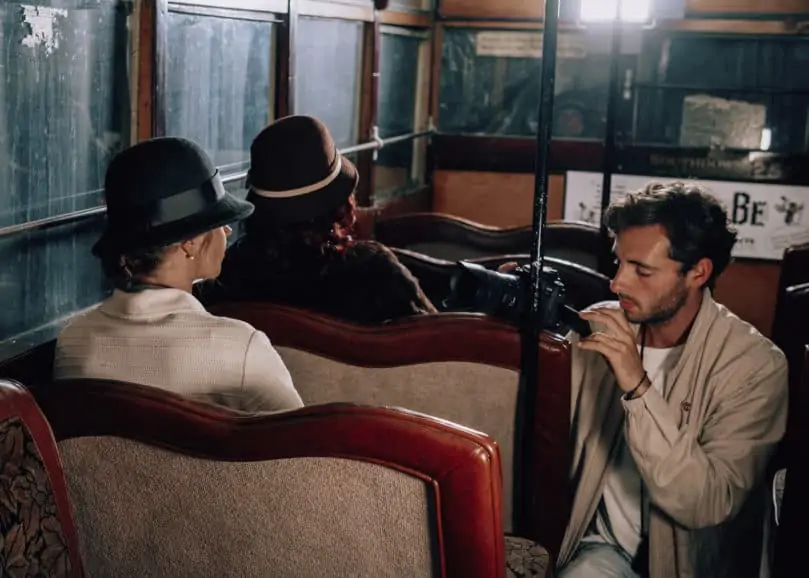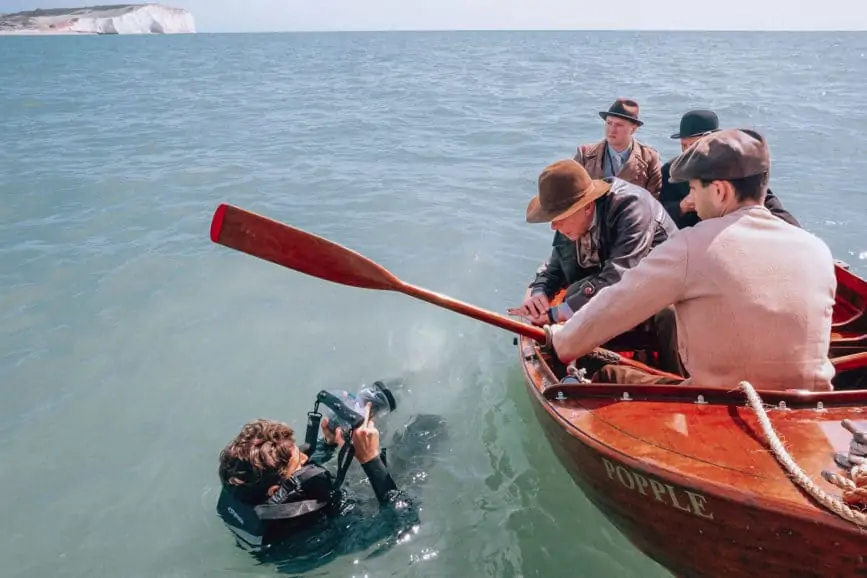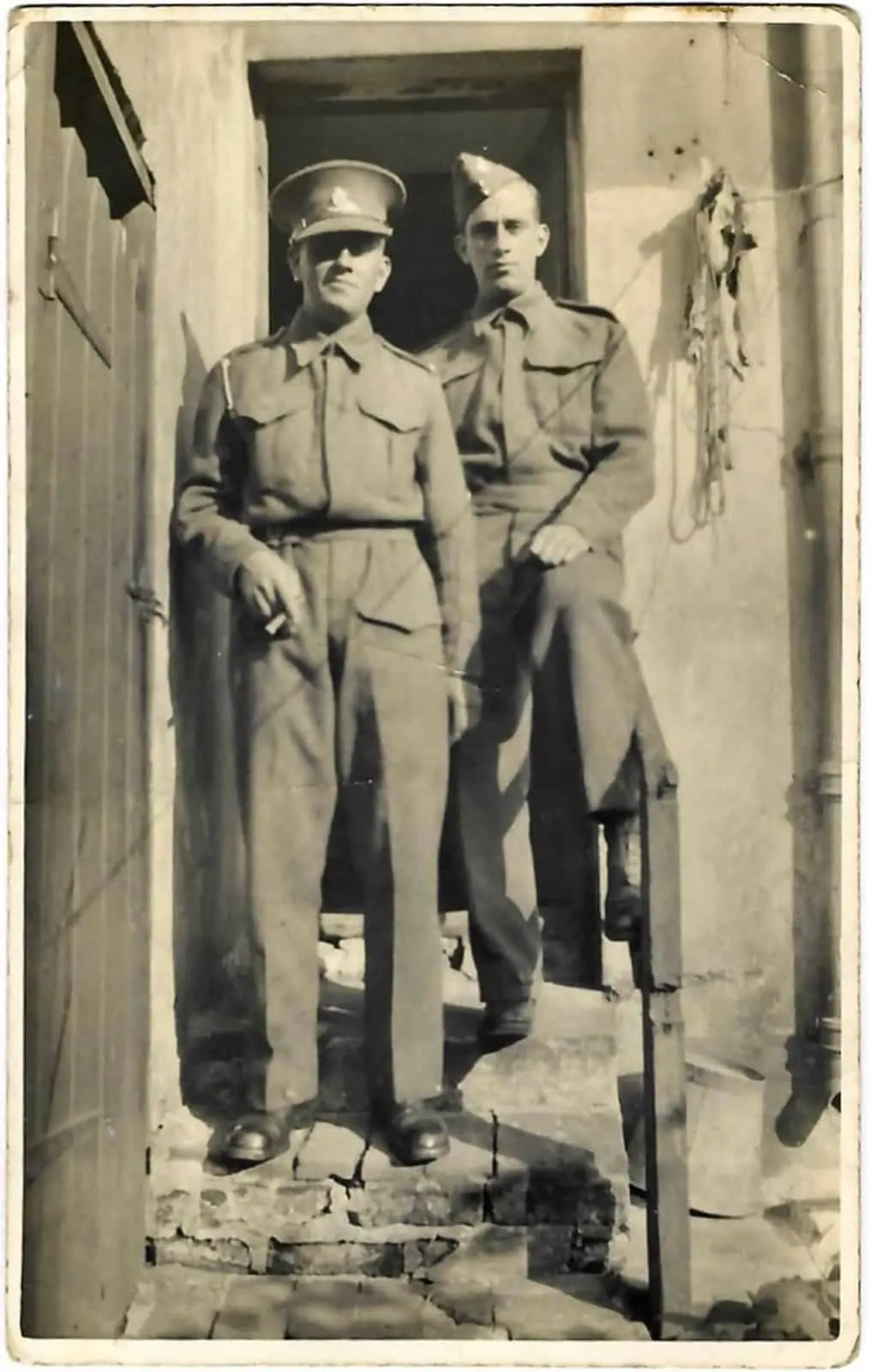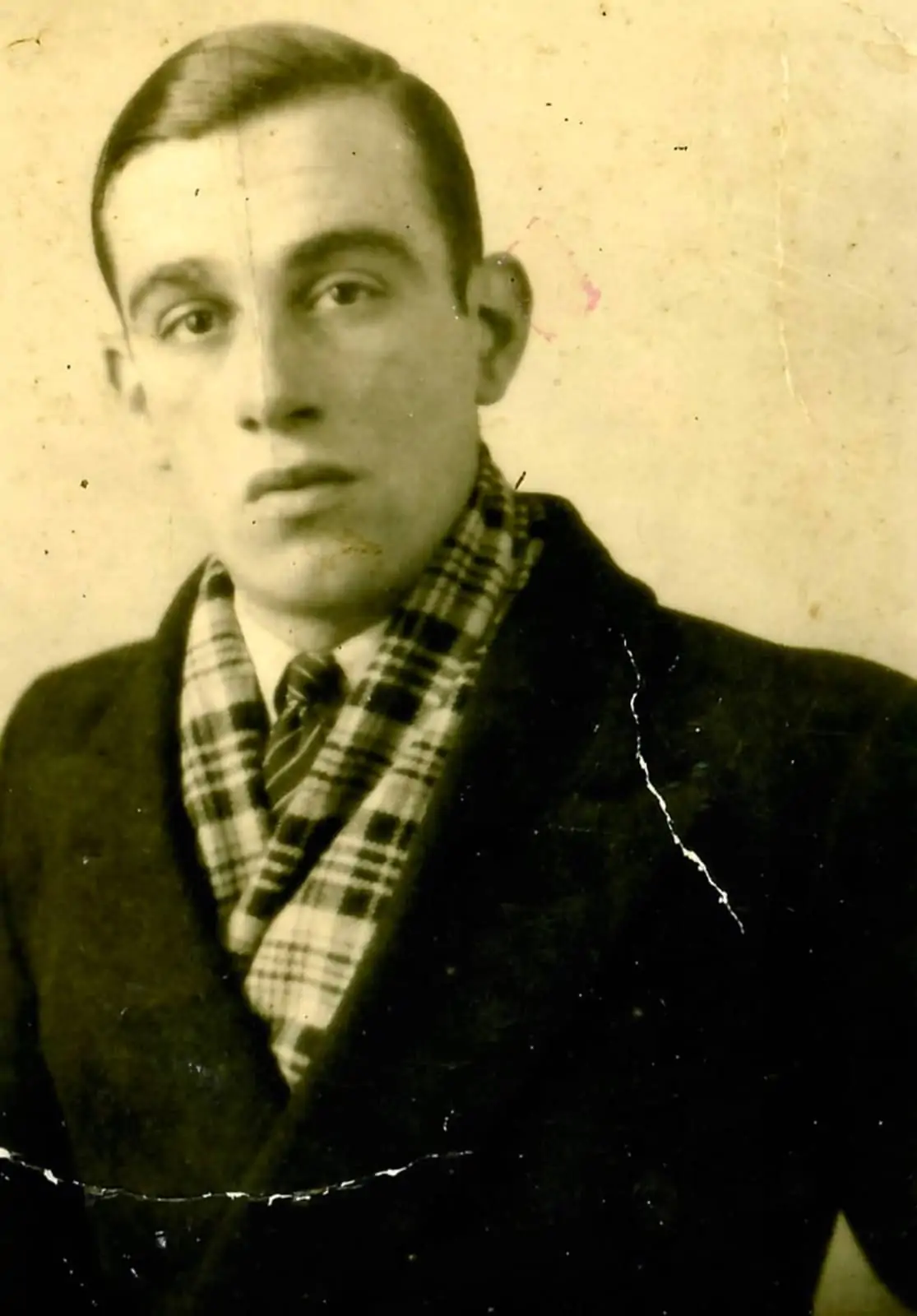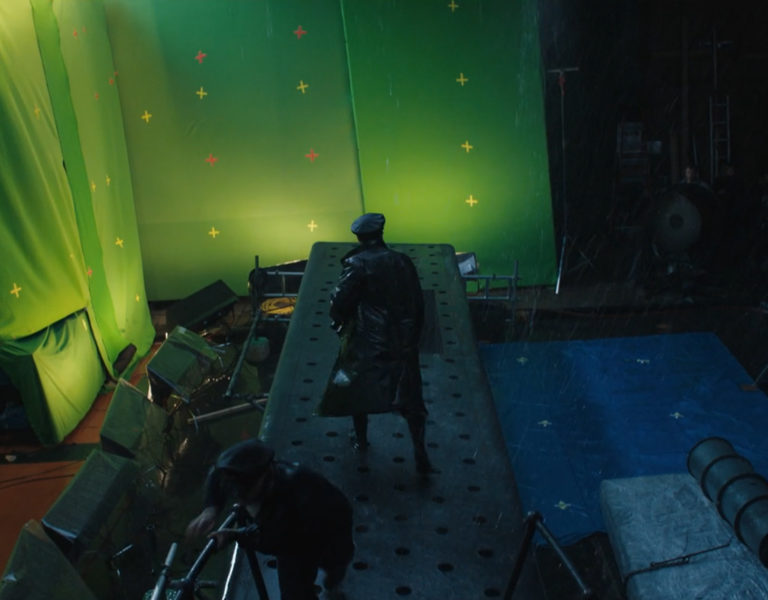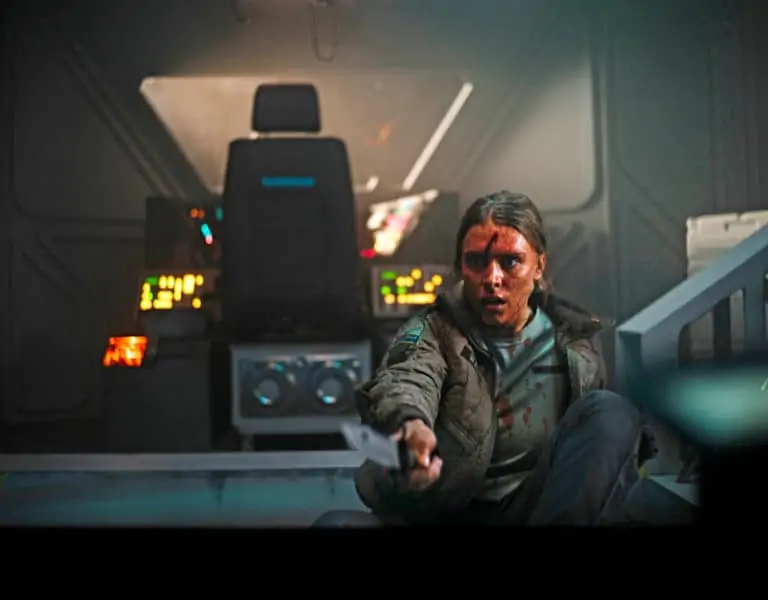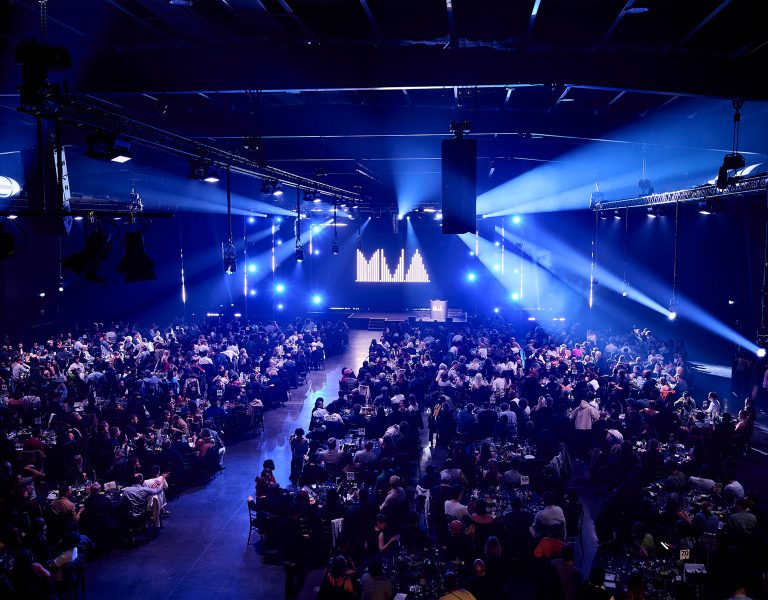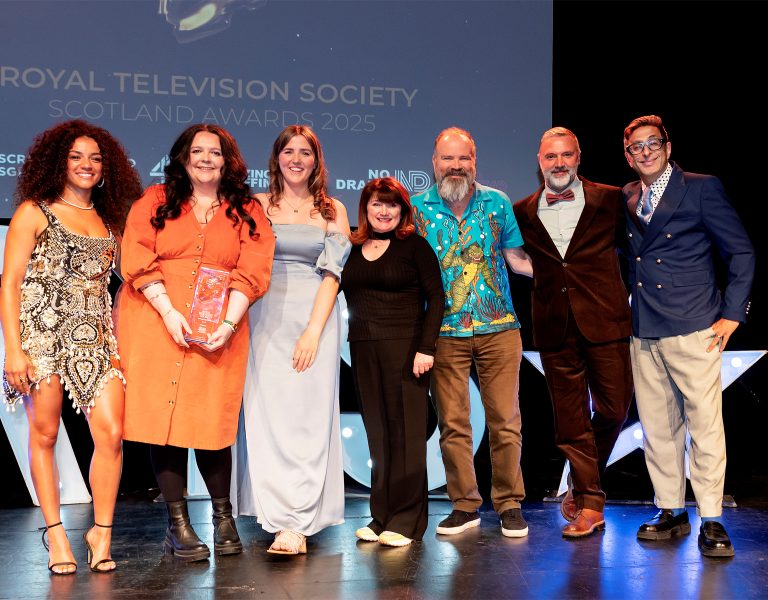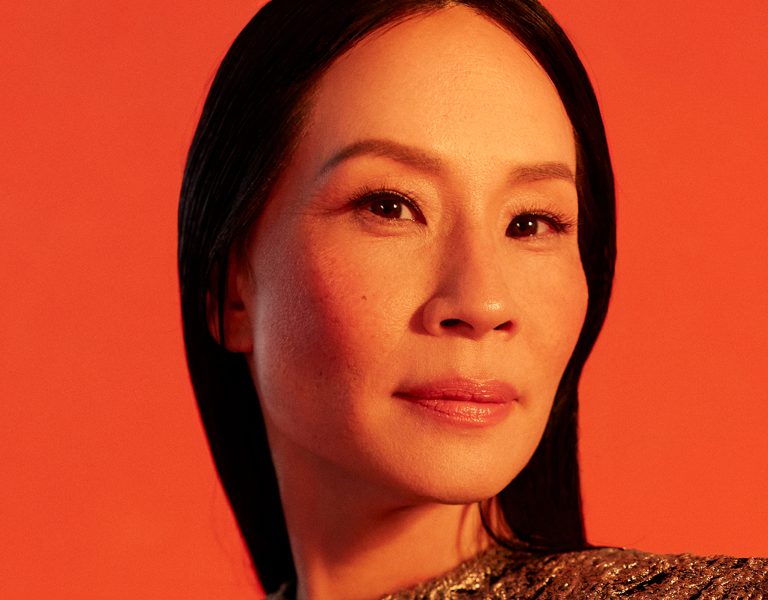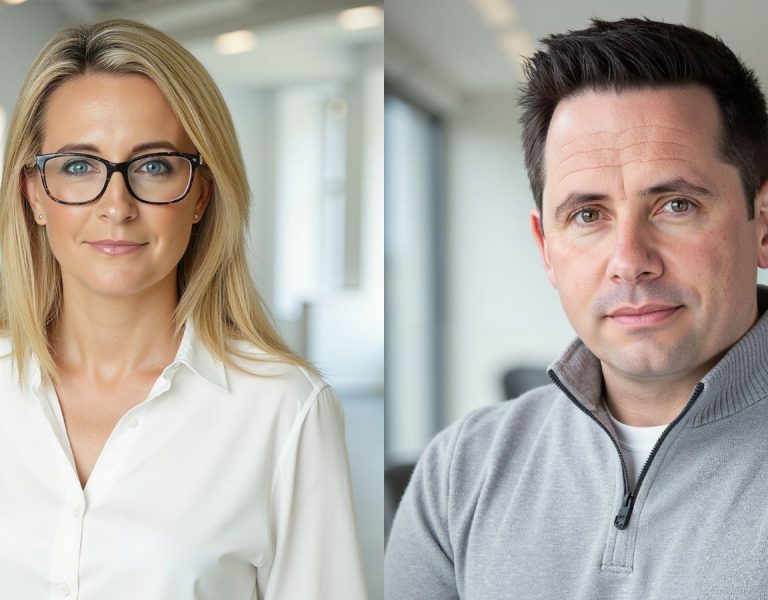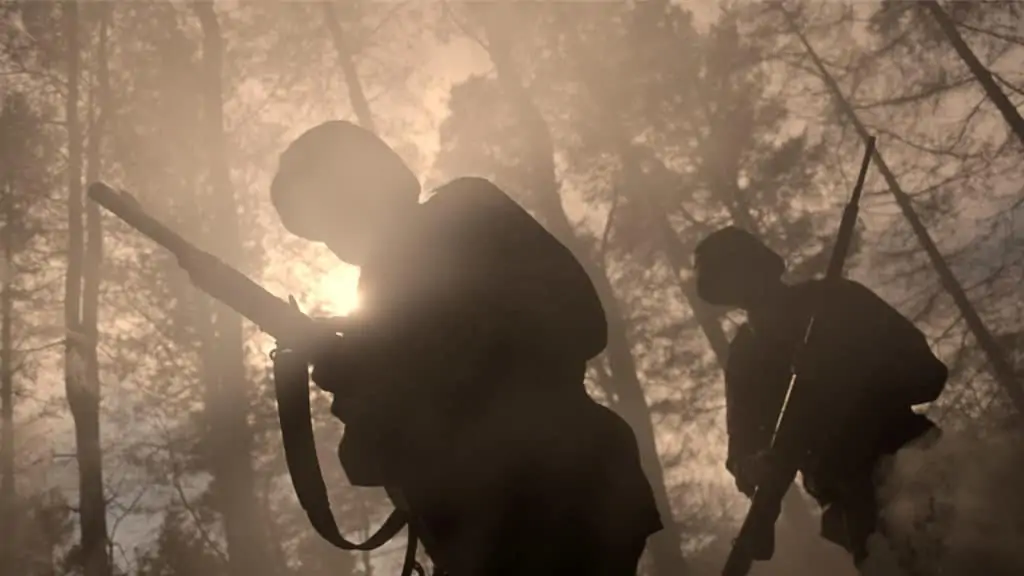
Elliott Hasler, the UK’s youngest filmmaker to have their film shown on Sky Store, Amazon and iTunes, wrote, directed, shot and starred in WWII – The Long Road Home. The epic tale of love, courage and survival – which Elliott started making at age 14 and finished at 16 – is a true story based on the letters of his great-grandfather during World War II.
Elliott, now 19 years old, filmed in the UK, Italy and Turkey on a micro budget. WWII – The Long Road Home brings a natural gritty honesty to the WWII family biopic about his great-grandfather, Charlie, who was conscripted to the Royal Hampshire Regiment from his hometown of Brighton. Posted to Tunisia, North Africa he was captured at the battle of Sidi Nsir and escaped an Italian internment camp. So began his long walk to freedom, alone through war torn Italy, a story told and remembered through the letters he wrote to his wife and young son.
Brighton-based filmmaker Elliott shared the process of creating the production with British Cinematographer editor Zoe Mutter…
What/who was the inspiration behind making the film?
I’d grown up hearing the story passed down by grandfather and my mother, and it had always fascinated me from a very young age. There was a very cinematic quality to it, a richness in the narrative, and the nature of the survival story at its heart which had a lot of creative appeal. The incredibly personal aspect of the story was also important for me, as it really meant that there was deep care present throughout the making of it; a sense of duty I suppose that I really had to try my best to do the story of my great-grandfather justice.
What filmmaking experience/training did you have prior to making the film?
I had no training or experience in the art of filmmaking prior to this film. Film school was a route I’ve not gone down; making this film was my film school. I leant on the job and that for me is the most valuable and effective way to do it.
I wanted the film to have a realistic edge to it, not to present a rose tinted vision of the Second World War, as I felt that was the best way to do justice to my great-grandfather’s story. So I studied a lot of films in preparation, both war films (the visual style of Saving Private Ryan and The Thin Red Line were key here) and others.
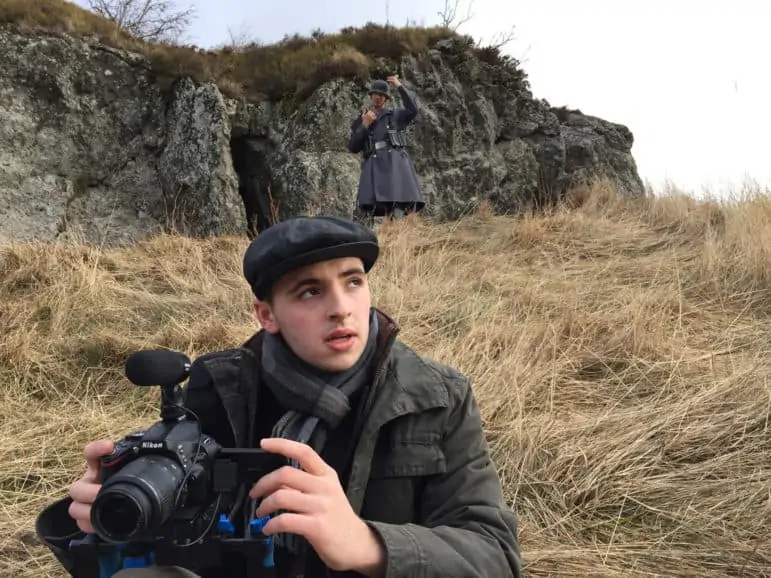

What were your creative references and inspirations?
David Lean’s films have always been a huge inspiration for me, in particular Lawrence of Arabia, and the visual nature of his work that he constructs with Freddie Young’s stunning cinematography has had a great impact on my work. Likewise the visual style of Emmanuel Lubeski was also hugely influential for me, particularly his work on The Revenant and his use of natural lighting, which due to the limitations of our budget on WWII: The Long Road Home, became hugely important to utilise in our own way.
What did the pre-production process entail?
The nature of making this film at such a young age – I was fourteen at the start and sixteen by the time we wrapped – meant that the film really evolved as I was making it and as I was evolving myself both as a filmmaker and a person. So pre-production in a way never really ended and carried on throughout the actual production stages, so things were constantly changing and evolving the whole time.
As I was so young and because the budget was so small we had no choice but to keep a very limited crew. I was really a one-man-band on this film, a full singing and dancing monkey. I had to oversee all the different aspects of the production in terms of the writing, the shooting and the editing. But this is why I feel this film was for me such a great learning curve, I got to experience and gain expertise across so many different areas of filmmaking, which was really invaluable.
Where was the production filmed?
Luckily for me, my family were traveling in Italy at the time I was shooting the film, so I was able to take just my camera and a few costumes and shoot these stunning vistas of the Italian countryside which really gave a sense of journey to the narrative. Indeed we were able to capture these really epic landscapes which added so much to the film.
Which camera did you choose and why was it the most suitable for the film?
The film was shot entirely on just a Nikon DSLR. It was chosen out of necessity and held up really well for what we wanted. It allowed for a good quality image that retained a sort of raw, grittiness which added a lot of girth and atmosphere to the visual language of the film.
A lot of the film was shot handled with a very run-and-gun type approach. We went with this to really throw the audience into Charlie’s world, so that they were experiencing things with him as opposed to shooting on a tripod which does innately bring with it a sense of detachment. So handheld cinematography for us really added to the dirty and gritty feel that we wanted and also helped tremendously with the budgetary issues, as we always had to find creative ways around the practical problems I faced as a teenager making a feature with no budget!
What about your approach to lighting?
Emmanuel Lubeski’s use of natural lighting in his films, particularly on The Revenant, was very influential in terms of my approach to lighting. As again due to the constraints of the budget we weren’t able to have expensive lighting rigs, so taking a natural approach and using just the light available on set proved invaluable and really created an atmosphere within the film. A lot of what we shot was in overcast weather with the clouds creating natural diffusion, which can cast a beautifully soft light over the subject. Magic Hour was used a great deal as this is really the best light that mother nature has to offer and something that I don’t feel artificial light can replicate. I
still love shooting in natural light, as it just gives you so much freedom as a filmmaker and when it works, it results in the most stunning images.
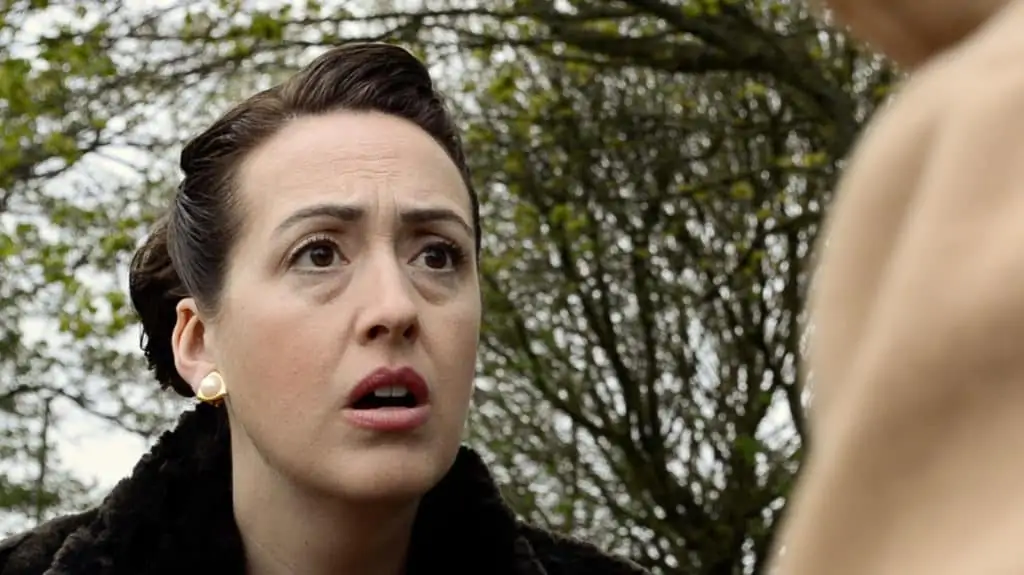
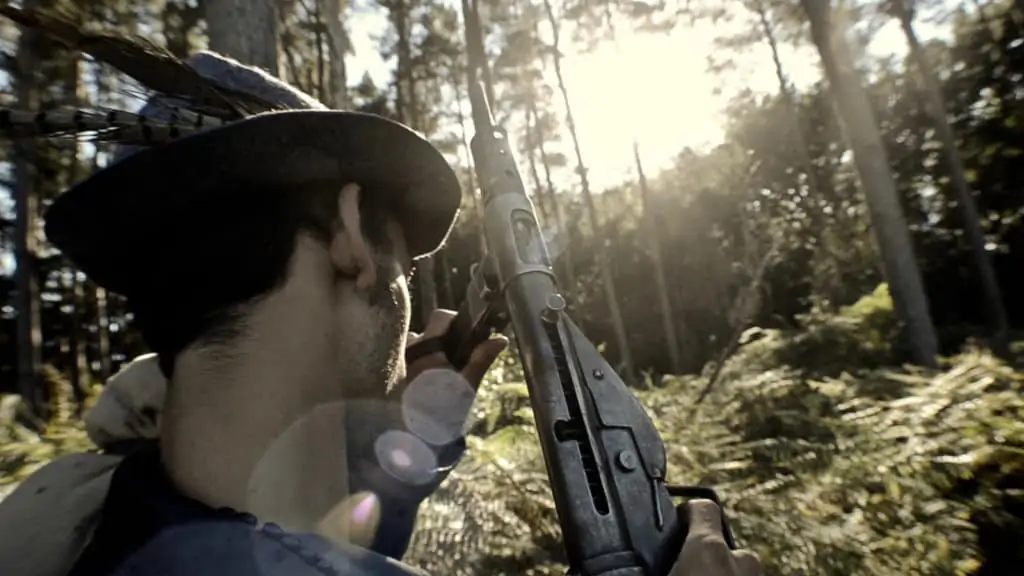
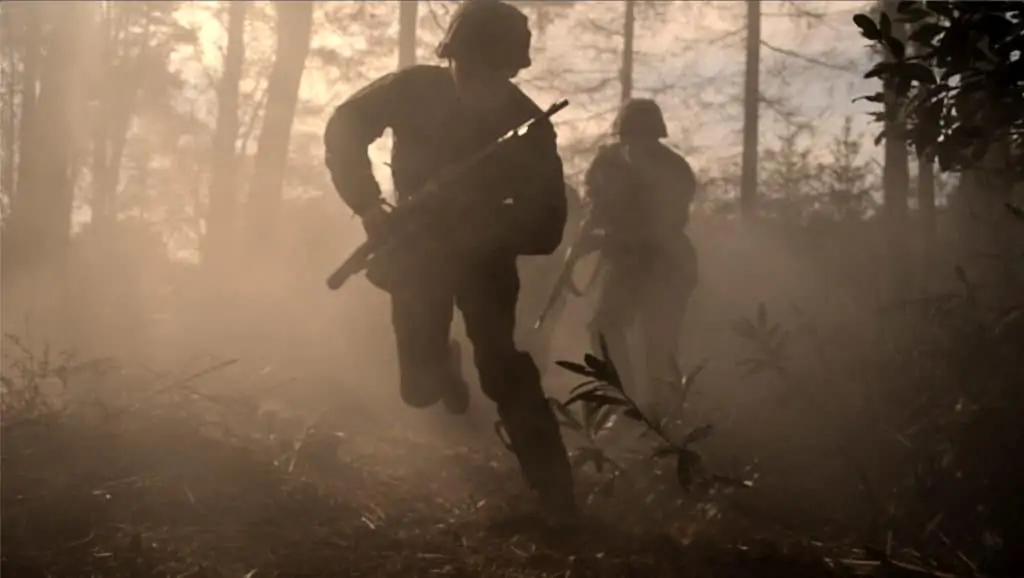
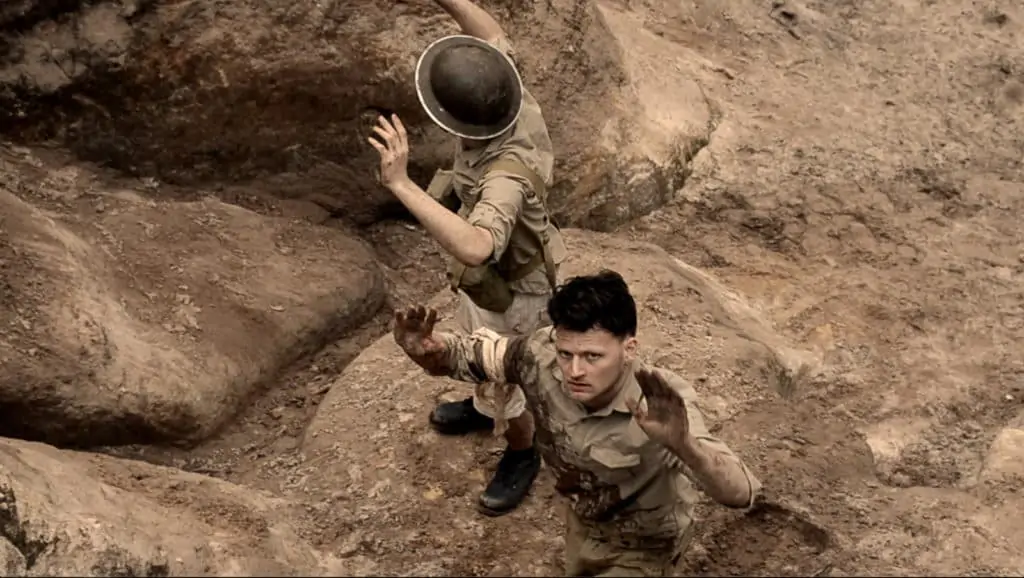
Which elements of the film were most challenging to shoot?
The war parts of the film, with vehicles and soldiers and explosions; they were the hardest parts of the film to shoot. We were working on a shoestring so we really had to think hard about creative ways of getting rounds the problems posed by the military scenes. I employed a lot of close-focus in the cinematography and the run-and-gun, handheld shooting style helped massively in conveying a grit and harshness within the combat scenes. The look I really went for on these was to make it as if you were watching old combat newsreel to really tap into the blunt, matter of fact nature of warfare.
Which scene or shot would you single out as your favourite?
My proudest moment, in terms of the cinematography, would have to be the small scene where Charlie and Aldo, Italian resistance fighter, walk through the trees as the sun rises in-front of them. I shot this on a really wide angle, which gives a distortion around the edges of the frame with a nice bit of blur in the corners. For me that scene has a really cinematic feel, with the colour and the lighting, which is just stunning to watch.
What lessons did you learn which you will take with you onto your next production?
The whole process of making WWII: The Long Road Home was a lesson for me. As someone who’s never been to film school, making this was my film school. Of course making it while I was still a teenager, there is tons of it I would do differently now and obviously there are many faults within the film, but it really has to be taken in that context. I think that for me is what the film is all about; at the end of the day it is a family story and at the time I made it, that was the right way to tell it. Now of course having all the knowledge from making that film, I’ve gone on to work with much greater prestige on my next film, Vindication Swim. Indeed we’ve got a cast who’ve featured in movies like Darkest Hour, The Favourite and Pirates of the Caribbean. As well as an Emmy-winning and Grammy-nominated composer, with Cannes 2022 our objective for premiering Vindication Swim.
What advice would you give young aspiring filmmakers?
My advice to aspiring young filmmakers would be to just go at it; make a film, any film! No one is ever going to hand you a budget and a team, you have start out on your own and do it all yourself. And if, after all the blood, toil and sweat, you emerge with a watchable film then you’re doing better than the ninety-nine-percent of ‘aspiring filmmakers’ who only ever dream about making a movie.
The following images are behing the scenes shots from Elliott’s next production Vindication Swim…
